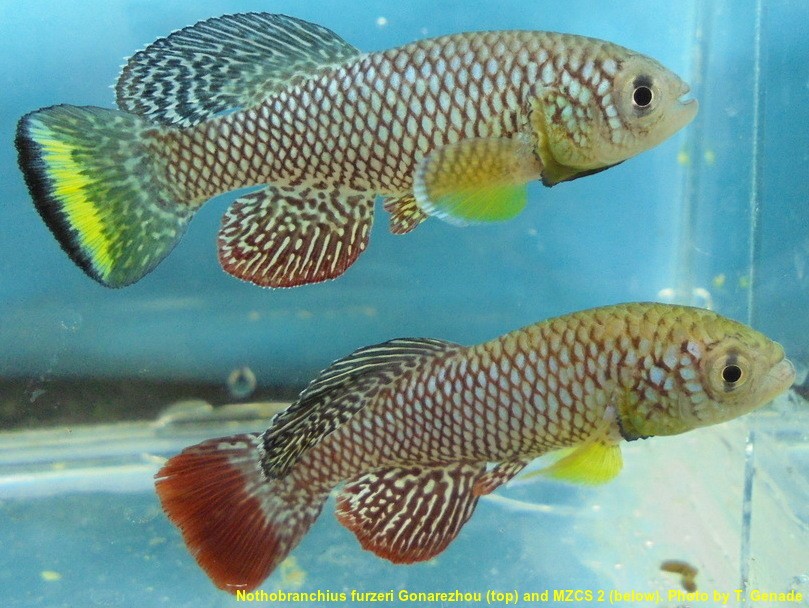|
Additional Contact Information: Department of Biomedical Sciences |
EDUCATION/PROFESSIONAL BACKGROUND
Ph.D. (Anatomy & Cell Biology) from the University of Cape Town
M.Sc. (Biochemistry) from the University of StellenboschDr. Genade trained as a biochemist, completing a M.Sc. studying the control of steroid biosynthesis using Control Analysis and computer modeling. After the completion of his M.Sc. he took up a research assistant position at the Neuroscience Institute in Pisa, Italy, studying neurodegeneration and aging of the new model organism, Nothobranchius furzeri. After working in Italy he returned to South Africa and started a Ph.D. in anatomy and cell biology. He then took up a post teaching anatomy and physiology at Northwestern College, Iowa before coming to the Quillen College of Medicine.
RESEARCH/TEACHING
- Neuroanatomy of aging
- Nothobranchius biology
- Anatomy teaching methods
Nothobranchius fish are used as model of aging. They live short lives: Nothobranchius furzeri has a median lifespan of 12 to 40 week
 During this short life it develops symptoms and pathologies of neurodegeneration,
muscle wasting, tumors etc… Very little is know of its basic anatomy and biology.
My lab focuses on determining the expression of proteins related to neuroanatomy and
neuropathology in addition to running lifespan intervention studies (to extend lifespan)
to determine which proteins change their expression and how this pertains to aging-related
neuropathologies. Of particular interest are synucleins and DJ-1 (PARK7). Dr Genade
also consults for, and performs experiments for, a pharmaceutical company testing
compounds for anti-aging and anti-cancer effects.
During this short life it develops symptoms and pathologies of neurodegeneration,
muscle wasting, tumors etc… Very little is know of its basic anatomy and biology.
My lab focuses on determining the expression of proteins related to neuroanatomy and
neuropathology in addition to running lifespan intervention studies (to extend lifespan)
to determine which proteins change their expression and how this pertains to aging-related
neuropathologies. Of particular interest are synucleins and DJ-1 (PARK7). Dr Genade
also consults for, and performs experiments for, a pharmaceutical company testing
compounds for anti-aging and anti-cancer effects.
SELECTED PUBLICATIONS
Spaans & T. Genade (2017) Localization of alpha-synuclein protein in the central nervous
system of the short-lived fish, Nothobranchius furzeri. Poster, Annual Neurobehavorial
Research Symposium, University of South Dakota. http://dx.doi.org/10.13140/RG.2.2.24745.29283
D.A. Wilcox, M. MacDonald & T. Genade (2017) Nothobranchius furzeri displays evidence
of alpha-synucleinopathy and possesses deleterious alleles of PARK7 in its genome.
Poster, Annual Neurobehavorial Research Symposium, University of South Dakota. http://dx.doi.org/10.13140/RG.2.2.28874.67527
>T. Genade (2016). The Use of Kryptolebias marmoratus Eggs as an Educational Tool
for Embryology Education. Bioscene: Journal of College Biology Teaching, 2016, 42(2):26--31.
https://eric.ed.gov/?id=EJ1126346
T. Genade (2016) A low cost and adaptable benchtop recirculating aquarium system for
Nothobranchius fish. Journal of the American Killifish Association, 49(1):2--13.
 South Dossett Drive - Closure...
South Dossett Drive - Closure... 